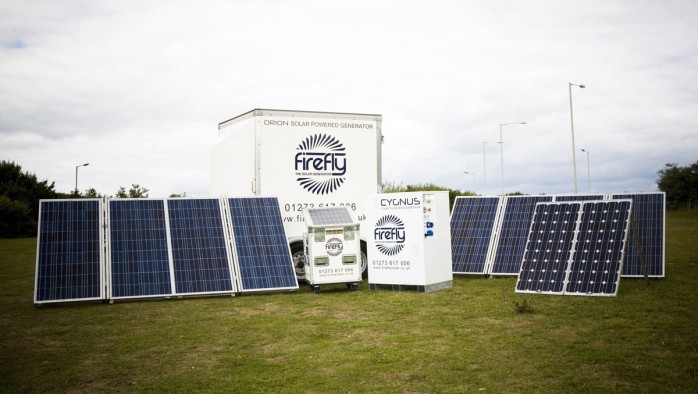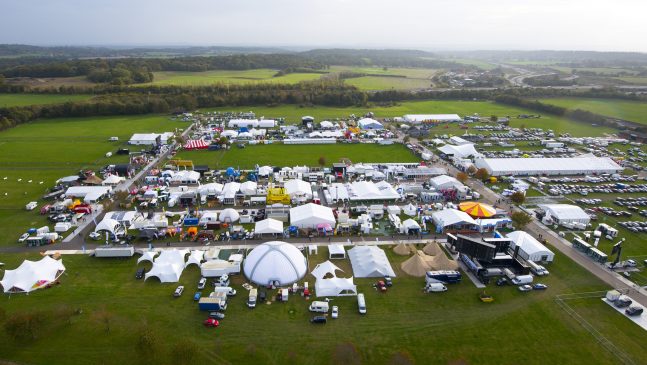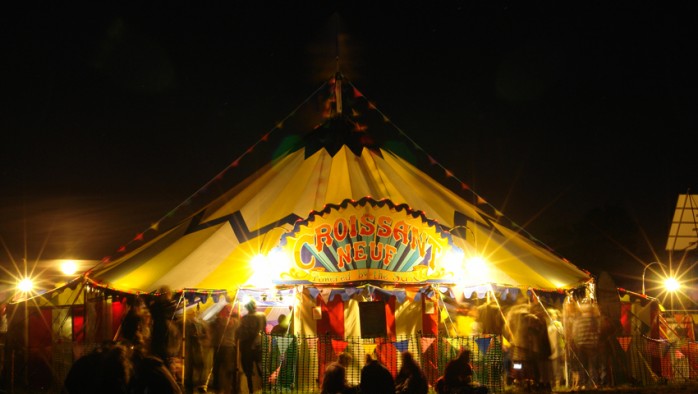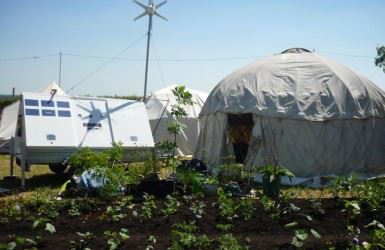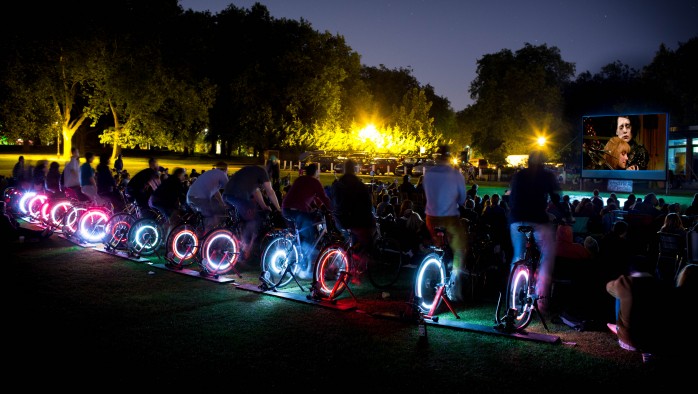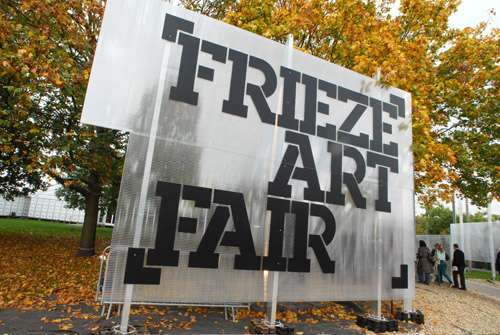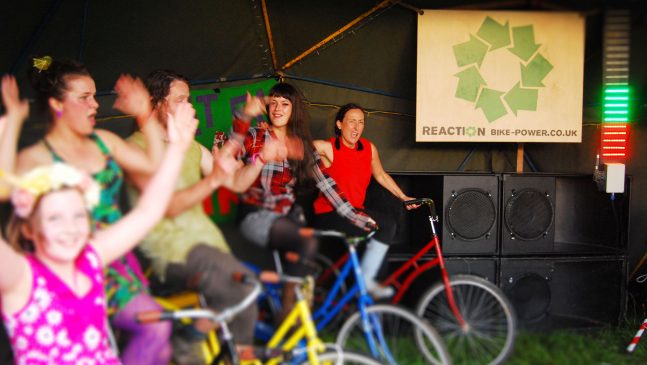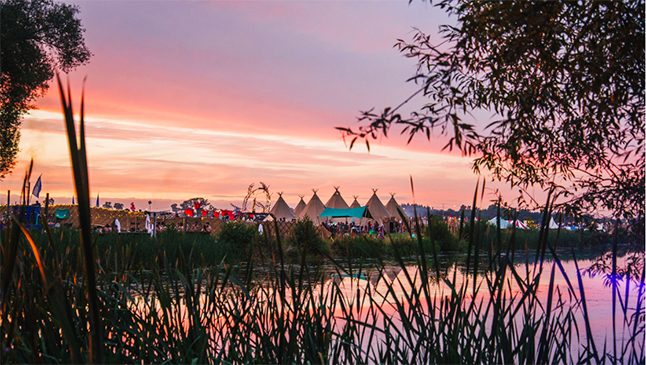Firefly Solar Generators Ltd provided technical production services for Hyde Park’s ‘British Summer Time Festival’, on behalf of the promoter AEG Live. The promoter is aiming to source 15% of the events energy from renewable sources by 2017.
The event attracted around 65,000 visitors with acts such as the Rolling Stones and Bon Jovi. Firefly Solar Generators Ltd was asked to provide a completely solar powered setup for the Bandstand stage area, featuring Incognito and Dione Broomfield. The Firefly Cygnus 12kva Generator with a 4kwp solar array of panels provided power for 10 days of programming during the course of the event. Both the lighting and sound were powered from solar generated power – making great use of the sun and soaring temperatures! A full technical production service was delivered from Firefly Solar Generators Ltd, using a D&B Q Series PA system with Digico mixing desk, lights from Miltec, ETC and Easily LED.
By using a combination of biofuel generator and solar storage, they were able to provide continuous and reliable supply, whilst offering carbon and fuel savings.
Firefly also supplied Pictor tower lights to light up key external areas including the meeting point and other important public access and ingress routes. These were also solar powered.
Cygnus HPG benefits to the contractor;
- Replaced a 20kVA diesel generator, saving 780 litres of diesel
- Saved: 1.81 tonnes of CO2 Emissions
- Saved: approx. £819 in diesel fuel (£1.05 per litre)
Pictor solar tower light benefit to customer;
- Replaced six diesel powered tower lights saving 312 litres of diesel
- Saved: 0.72 tonnes of CO2 Emissions
- Saved: £327 in diesel fuel (£1.05 per litre)
Provided a silent lighting source in sensitive areas and a very visual representation of the clients commitment to renewable energy supplies

